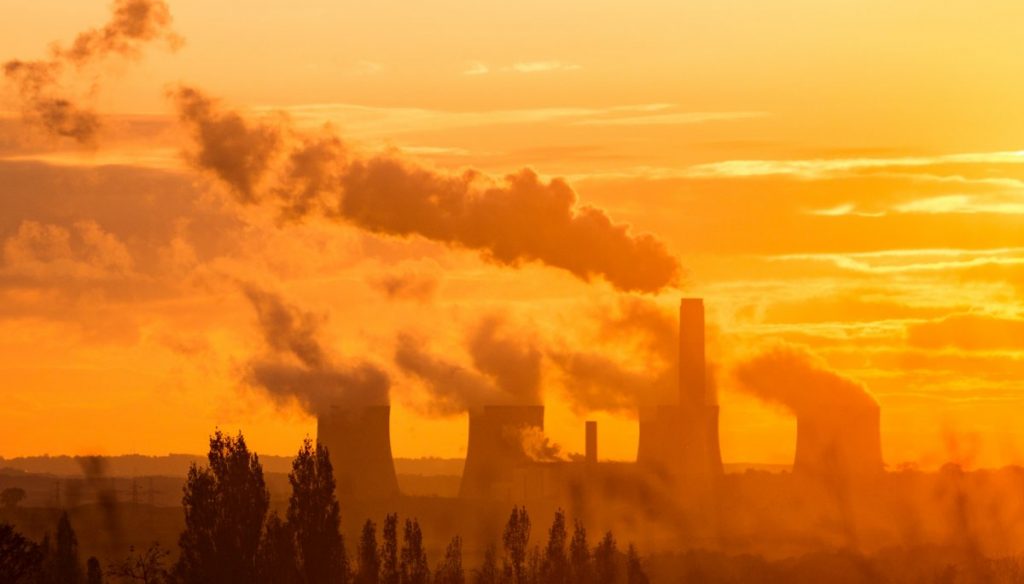
Image: Diana Parkhouse
66 submissions were received for the Morrison Government’s Underwriting New Generation Investments program – and coal power reportedly features heavily.
The Underwriting New Generation Investments program is part of the Morrison Government’s plan to deliver “affordable, reliable 24/7 power” (no mention of the word “clean”), with the Government to provide financial support to develop firm generation capacity.
A discussion paper from October noted the program would consider new projects as well as upgrades or life extensions of existing generators; i.e. propping up coal-fired clunkers.
While the program’s web site is yet to publish further details of the submissions, The Australian states of the 66, ten involve power station projects running entirely or mostly on coal.
In an announcement published Friday concerning the program, Federal Energy Minister Angus Taylor said:
“The conditions experienced in New South Wales, South Australia and particularly Victoria where 200,000 customers experienced blackouts, reinforce the need for more investment in reliable 24/7 generation.”
When his department is reviewing submissions, it may want to bear in mind that 40% of Victoria’s coal fired electricity generation capacity was out of action during the heatwave, while solar power soldiered on.
Even new so-called High-Efficiency, Low-Emissions (HELE) coal power doesn’t appear to be very reliable. The Australia Institute recently revealed gas and coal power plants broke down 135 times in 2018 – and HELE plants experienced more breakdowns per gigawatt than their ageing black coal counterparts.
“Bastardising” ACCC Recommendations
Labor is scathing of the Underwriting New Generation Investments program.
“Scott Morrison and the Liberals are willing to bastardise the ACCC recommendations and create backdoor loopholes to ensure they can spend billions of taxpayers’ dollars on expensive new coal”.
The ACCC had previously recommended the government support new players in generation capacity to help commercial and industrial customers and drive competition. (The ACCC also recommended axing solar subsidies, but that’s another story).
The OECD isn’t impressed with the Australian Government’s approach to energy and emissions. It recently stated the country won’t reach its 2030 emissions target without a major effort to move to a low-carbon model.
Minister Taylor says the Government will announce its pipeline of projects after “carefully considering” all submissions received during the expressions of interest process.
According to various reports, 26 of the submissions related to projects in New South Wales, 17 in Victoria, 15 in South Australia and 12 in Queensland; representing 29,000MW of new generation capacity combined. It’s not clear as yet how many are based on renewables + energy storage; but apparently gas power was the dominant technology among the submissions.
It’s expected a formal request for proposal (RFP) process for shortlisted projects will commence before the end of March this year.
UPDATE 4.40PM: The Clean Energy Council has released a statement regarding the program, saying it “is appearing to favour high cost and high emissions winners and now risks undermining the current wave of new clean energy generation.” More here.

 RSS - Posts
RSS - Posts



Our coal continues to be exported and burned to generate electricity, which is then used to manufacture “clean” solar panels that are imported. It takes many years of electricity generation before solar panels become carbon neutral.
The demand for our coal exports to be increased, surely shows that it produces highly efficient and/or reliable 24/7 electricity generation?
If the so called “clean/renewable” solar power is so cheap and reliable, why don’t the smart people in the rest of the world stop burning our coal and rely on solar and storage options, for reliable and affordable 24/7 electricity?
John, the article explains why coal generation will be eliminated in the future. Unfortunately, with my currently limited over space and time I was unable to made the article retroactively effective so coal power will have already have been eliminated and replaced with solar and wind power firmed with dispatchable power sources.